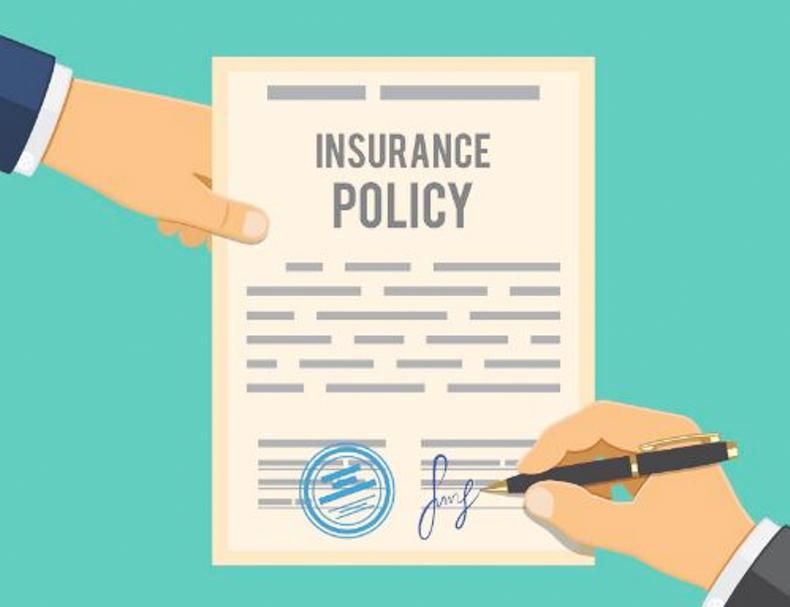The agricultural insurance industry in Ireland continues to be dominated by FBD plc, with international companies AXA, Aviva and Zurich also taking a significant share of the market.
As the insurance industry has developed over the years, the number of products needed inside the farm gate has also expanded.
A farmer now might have farm insurance with public liability cover, a car, a jeep and a tractor insured and a house that needs protection. If there are any employees in the yard, then employer liability cover is vital.
Any business venture which involves bringing members of the public on to land, such as tourism-related businesses, will also need cover.
This Focus will look at the state of play in the insurance market, developments that will affect premiums for farmers and how to find the best cover for your needs.
The market: insurers
There is a fairly healthy range of options open to farmers when it comes to finding the best policy for their needs. The companies listed on page 45 offer a very wide variety of policies and have representatives willing to discuss individual needs.
The more complex the cover needed, the more useful it might be to talk to a broker who will be experienced in tailoring insurance policies and cover to suit individual needs.
Looking at the companies, they are all very tightly regulated and, by necessity, have robust balance sheets. Legislation introduced in the wake of the 2008 financial crisis means every insurance company operating in Ireland has to provide the Irish Central Bank with an annual solvency and financial conditions report.
The key figure under the legislation is the “solvency capital ratio”. This, in layman’s terms, simply means: does the company have enough money to stay trading if it were to face the most extreme expected losses over the course of a year? Therefore, the solvency capital ratio must be at least 100% – ie the company has all of the money it needs.
In practice, insurance companies generally carry significantly more capital than the minimum requirement, as outlined in Table 1.
Insurance companies are basically two different businesses. On one side is the public-facing business that sells insurance policies to customers and pays claims that are covered by those policies. The other business is managing the considerable funds insurance companies hold in a way to maximise investment returns.
The recent surge in inflation and the economic uncertainty that accompanied it has been bad news for insurance companies. On the one hand, insurance companies are seeing their customers in a position where they are under-insured, due to increasing building and vehicle replacement costs (more on this later).
On the other hand, insurers are seeing the value of their investments drop, forcing them to take losses.
To get an idea of the scale of the losses we can look at the performance of global corporate bonds – always a favourite of insurance investments. As we can see in Figure 1 below, between January 2021 and December 2022, the asset class lost almost one-third of its value.
Investment losses
These investment losses occurred because insurance companies generally buy financial assets such as corporate and sovereign bonds, as well as shares in companies on the stock exchange.
The surge in inflation in 2022 following the Russian invasion of Ukraine forced central banks to hike interest rates. This led to increased fears among investors about the prospects of an economic slowdown, so they sold risky assets such as stocks and corporate bonds.
Lower value of those assets means insurance companies have to write down their holdings to their market value (even if they are not selling them) leading to the numbers we see in Table 2. So far, 2023 seems to be more of the same. If the portfolio losses were to continue, then insurers will have little choice but to increase premiums.
The market: policies
The general rule for most things in life is that costs go up. That hasn’t necessarily been the case in insurance in Ireland. Different types of policies have had very different performance over recent years.
The Central Statistics Office doesn’t give a breakdown of farm or business policies, but we can see how the market has changed for two types of insurance most people need – home and motor. Figure 2 shows the change in prices for the policies since 2016.
Two very interesting things stand out.
Firstly, it will probably come as a surprise to many people that the price of car insurance is currently 40% lower now than it was in 2016.
Secondly, home insurance has risen 30% over the same period, but two-thirds of that increase has occurred in the past 12 months.
Again, this change is down to rapid inflation in building costs over the past year. Insurance companies engaged in widespread campaigns highlighting the risks from under insurance.
It seems like that message is getting through to homeowners.
On the motor insurance side, the drop is a reflection of the savings made by insurance companies on payouts for injuries due to a wide range of Government policies aimed at reducing costs for drivers.
Key among those are the introduction of new personal injuries guidelines which set reduced levels for personal injury compensation and changed the amount of general damages to be awarded by the courts and Personal Injuries Assessment Board.
There also has been further reform of the Personal Injuries Assessment Board to widen its scope to include mediation services to settle a claim and several measures to help reduce fraudulent claims.
An official Office to Promote Competition in the Insurance Market has also been established. While it may sound a bit like it might be another quango, it does have among its goals the provision of “more joined-up policy thinking” which has to be a good thing.
There have also been some increased consumer protection laws introduced – specifically the Consumer Insurance Contracts Act 2019 – which reduce the burden on consumers.
For example, insurers will find it much more difficult to use the remedy of non-disclosure to deny a claim. Also, questions to consumers will have to be in plain English and intelligible.
Further, when a customer is being offered a contract renewal, that must include all premiums and claims paid over the previous five years, which will give consumers a better idea of how much they are being charged and a chance to ask about increases in policies.
The provisions of the act kicked in during September 2021, so everyone should have seen these in their most recent policy renewal documents.






 This is a subscriber-only article
This is a subscriber-only article











SHARING OPTIONS: